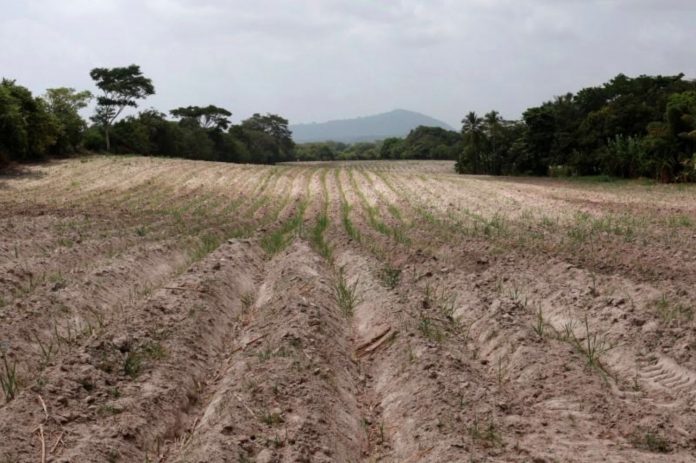
MULTI-YEAR DROUGHT IN EL SALVADOR DRIVES MIGRATION
In 2018 and 2019, we began working with Salvadoran activists in Sister Cities International and CRIPDES, a coalition made up of 350 villages and towns, to find ways to help the people of El Salvador. The country is suffering record drought which has devastated their crops and left many hungry and unemployed. Seeking to understand the upward trend in emigration from this region, a study led by the UN World Food Program interviewed families from key districts in the Dry Corridor about the pressures that are forcing them to leave. The main “push factor” identified was not violence, but drought and its consequences: no food, no money, no work.
We’re working with experts on a range of subjects, from crop substitution for arid climates to forecasts on the future of climate change in the region and from rainwater harvesting to remediation of poisoned water supplies to give Salvadorans a real chance to control their own destiny. We’ll continue to gather information and impart it to Sister Cities, CRIPDES and other groups which operate in the region. In the fall, Sister Cities will undertake a fact-finding trip to El Salvador to study the situation. If you think you might like to be part of the delegation, please let us know.
Here are some interesting articles on the situation in Central America:
National Geographic — The U.N. World Food Program found that climate change has already had a devastating effect on Central America




